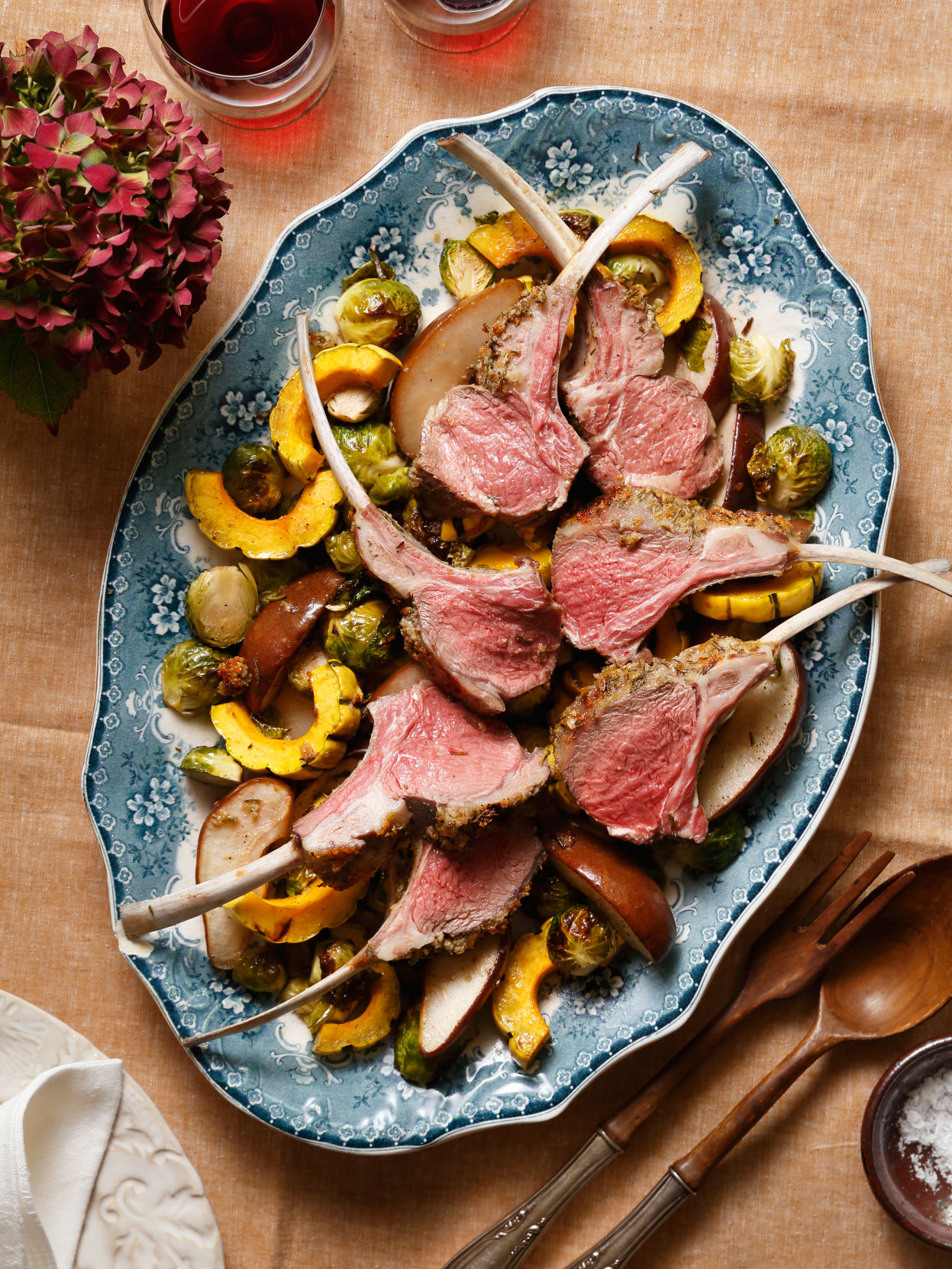New consumer study reveals growing interest in lamb

A recent survey conducted by the American Lamb Board assessed U.S. consumers’ knowledge and preference levels of domestic and imported lamb. The data collected from the lamb usage and attitude study will assist industry stakeholders in making strong, strategic decisions about how to market U.S. lamb.
“The American Lamb Board has devoted more than a decade to building awareness and demand for Lamb,” said Megan Wortman, ALB executive director. “As we work through our 2018 strategic plan, advancing American lamb’s value proposition is a core element. Understanding consumer attitudes and product usage patterns are also critical components.”
The online study was conducted during 2018 among 2,084 U.S. adults aged 18 to 74 years. The American Lamb Board has three target audiences including: infrequent lamb users (those who eat lamb less than four times a year and/or only in restaurants), thoughtful eaters (those who are concerned about where their food comes from and how it’s grown) and millennials (those born between 1980 and 2000 who are also interested in food and where it comes from).
“This study revealed positive trends for lamb in the U.S.,” said Jim Percival, ALB board chairman and sheep producer from Xenia, Ohio. “Among the general population, 24 percent reported eating lamb in the last year, up from 20 percent in 2011 and 21 percent in 2006. This is significant progress,” he added.
“What’s more, we are seeing a positive trendline of consumers attitudes with 35 percent of people who eat lamb saying they like everything about it, compared to just 19 percent in 2011. For those who eat lamb, the most important attributes are flavor, unique taste and tenderness,” said Percival.
“Nearly seven in ten (68 percent) said they have a strong desire to purchase American-raised lamb,” said Percival. “Consumers say they perceive U.S. lamb as being fresher and safer. In addition, they desire to purchase lamb produced by U.S. producers. In fact, when asked about pricing, people feel U.S. lamb would still be a good value, yet not too expensive, if it was priced 10 percent to 15 percent more than imported lamb.”
Survey participants said they pay attention to country of origin and indicated a preference for lamb produced in the U.S.
While consumer interest and enjoyment in lamb is growing, respondents said price and availability are the leading barriers to purchasing lamb in the meat case. The study also showed that learning more about preparing lamb, along with increased availability, could increase lamb usage. “This helps us further fine-tune our messages to our target audiences. It also indicates to us that our current strategies should resonate with millennials and thoughtful eaters,” says Wortman.
“Half of general population respondents indicated a willingness to learn how to cook lamb; this is even higher among the target groups as 79 percent of infrequent lamb users, 59 percent of thoughtful eaters and 56 percent of millennials showing an interest in learning about lamb cuts and cooking methods,” said Wortman.
In addition to preparation information, survey respondents desired to hear about locally raised, animal care and assurances of antibiotic-free and no added hormones.
For additional information on this study and American Lamb, visit LambResourceCenter.com.
